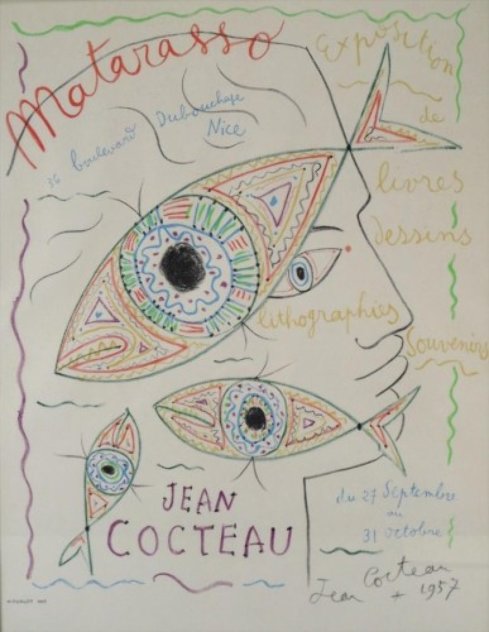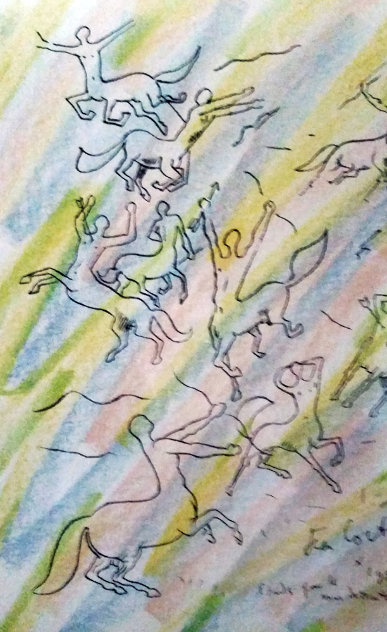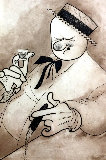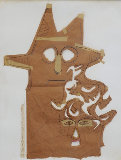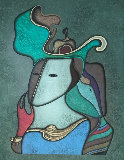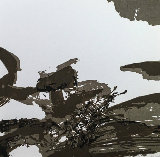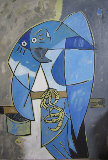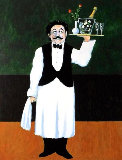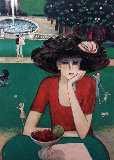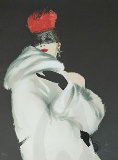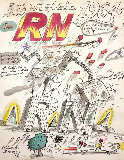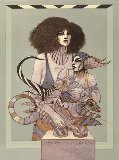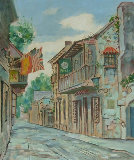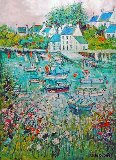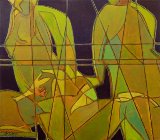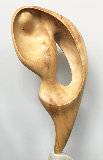



Conte de Lorgel 35x24
Jean Cocteau
Drawing : Pencil
Size : 24x16 in | 61x41 cm
Framed : 36x24 in | 91x61 cm
Motivated Seller Reduced
-
🔥Framed Pencil Drawing - Inquire - A Steal $$$$$$$
Hand SignedLower Right and on Verso
Condition Excellent
Framed with GlassGold Frame w/ White Mat and Gold Filet
Purchased fromPrivate Collector 2023
Certificate of AuthenticityArt Brokerage
LID165176
Jean Cocteau - France
Art Brokerage: Jean Maurice Eugene Clement Cocteau French Artist: Famous artist, playwrite and Rennaisance man, Jean Maurice Eugene Clement Cocteau was born to a wealthy family on July 5, 1889 in a small town near Paris, France. Cocteau's father committed suicide when he was about 10 years old. In 1900, he entered a private school and was expelled in 1904. After his expulsion from school, Cocteau ran away to Marseilles where he lived in the "red light district" under a false name. Police discovered him in Marseilles and returned him to his uncle's care. In 1908, Cocteau associated himself with Edouard de Max. De Max was a reigning tragedian of Paris stage at this time. De Max encouraged Cocteau to write and on April 4 of that year rented the Theatre Femina for the premiere of the young writer's poetry. In 1909, Cocteau met the Russian impresario Sergey Daighilev who ran the Ballets Russes. Daighilev encouraged Cocteau to venture into the genre of ballet. The Russian challenged Cocteau to "Ettonne-moi" (Surprise me). The remark pushed Cocteau to write the libretto for an exotic ballet called Le Dieu Bleu. During this time, Cocteau also met composer Igor Stravinsky who was working on his composition The Rite of Spring. In the spring of 1914, Cocteau visited Stravinsky in Switzerland. It was during this visit that Cocteau finished his first book, Le Potomak. The First World War broke out in the summer of 1914 and though Cocteau never served in the military, he did help run an ambulance service. He acquainted himself with a group of marines. Cocteau was arrested and returned to civilian life in 1915. In 1917, he met Pablo Picasso. Cocteau and Picasso went to Rome where they met up with Diaghilev. At this point, Cocteau helped prepare the ballet Parade. Picasso designed the sets, Erik Satie wrote the music, and the ballet was choreographed by Leonide Massine. The Paris opening in May of that year was a disaster. A few years later the ballet was successful. After the war Cocteau continued his association with several well known artists. He founded a publishing house called Editions de la Sirene. The company published Cocteau's writings and many musical scores of Stravinsky, Satie and a group of composers known as Les Six. Listings wanted.


